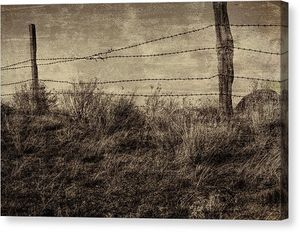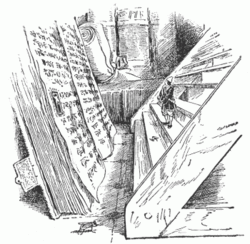TTA: Difference between revisions
No edit summary |
No edit summary |
||
| Line 23: | Line 23: | ||
<br> | <br> | ||
Knowing the history of the melody we play, or at least to have a sense of its historical and social context, makes the tune 'present' in the here and now, and enhances our rendering of it. | Knowing the history of the melody we play, or at least to have a sense of its historical and social context, makes the tune 'present' in the here and now, and enhances our rendering of it. | ||
<p> | <p><big> | ||
'''Please regsister as a user''' to make the most of the many functions of the TTA, and enjoy the many ways that information about traditional tunes can be elicited and combined, from simple to complex situations. Users may make contributions, which, when [[Help:Page_validation|reviewed by an editor]], become part of this community project. Serious user/contributors may become editors through the TTA's [[Help:Page_validation#Autopromotion|autopromotion]] process, in which quantity and quality of entries allows increased levels of permission to edit and review the entire index. <br> | '''Please regsister as a user''' to make the most of the many functions of the TTA, and enjoy the many ways that information about traditional tunes can be elicited and combined, from simple to complex situations. Users may make contributions, which, when [[Help:Page_validation|reviewed by an editor]], become part of this community project. Serious user/contributors may become editors through the TTA's [[Help:Page_validation#Autopromotion|autopromotion]] process, in which quantity and quality of entries allows increased levels of permission to edit and review the entire index. <br> | ||
Above all, the developers wish you joy in the use of the TTA. | Above all, the developers wish you joy in the use of the TTA.</big> | ||
</p> | </p> | ||
|}</div> | |}</div> | ||
Revision as of 20:08, 1 April 2012
|
|
|
|



